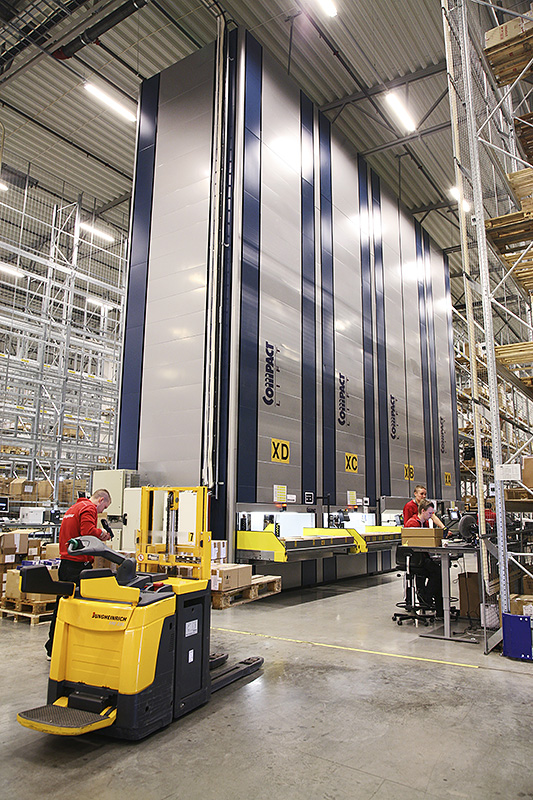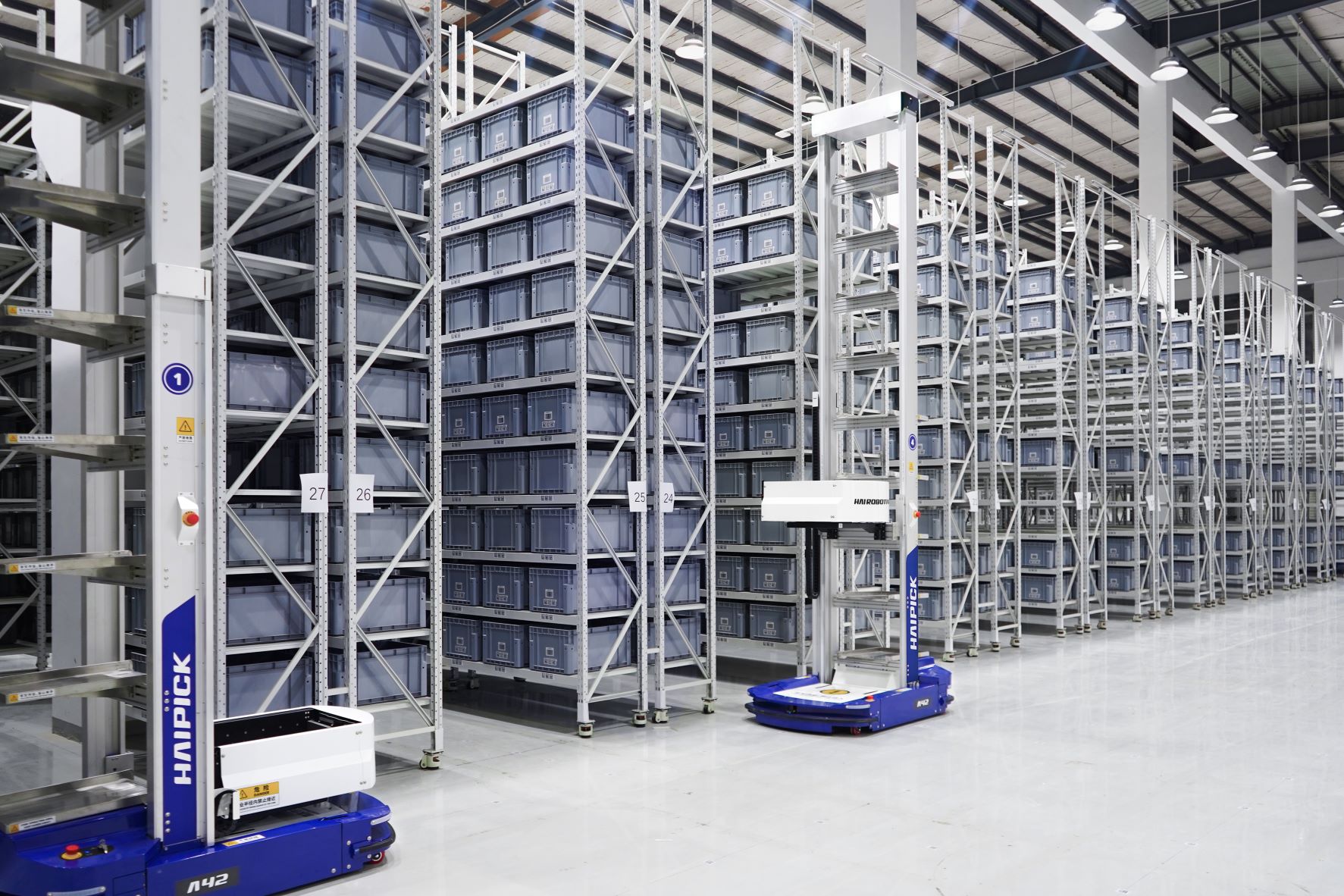Vertical storage lift company Randex is launching a virtual reality (VR) system that simulates vertical storage space and performance. The ‘Randex VR’ system, for which the company is claiming an industry first, uses VR and BIM (building information modelling) technology to graphically test and demonstrate in-building vertical storage lift location and the picking throughput that the Randex Compact vertical lift supports.
Randex VR generates digital models that show best machine fit and the optimum picking speeds that can be achieved in a ‘what if?’ scenario. The technology is already being piloted by a Scottish manufacturer.
Commenting on the launch, Randex director James Roberts, says: “Randex VR is the first system of its kind in this market. Its advanced space and performance planning capabilities will save industry time and money as well as giving automated vertical storage users a competitive edge.”
Compact vertical storage lifts save up to 90% of floor space compared to standard shelving and pallet racking, says Randex. They can manage loads of up to 1.5 tonnes per storage tray and allow warehouse operatives to complete up to four times more picks than in a conventional warehouse environment, with goods automatically presented to the picker.
Compact vertical storage lifts can now be integrated with over 20 leading enterprise systems including IBM Maximo, SAP, JDA, Red Prairie and Blue Yonder.
Randex Ltd is the sole UK distributor for Compact Vertical Storage Lifts manufactured in Sweden by Weland Solutions, a member of the privately-owned global group Weland AB. Randex customers include Bombardier, DHL, Fujifilm, Howdens, Hutchison Ports, Jaguar Land Rover, Ministry of Defence, P&G, Pfizer, Rolls Royce and Specsavers.






